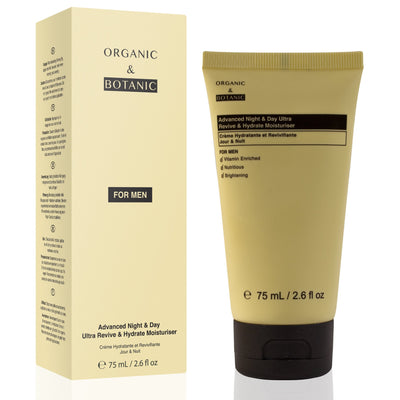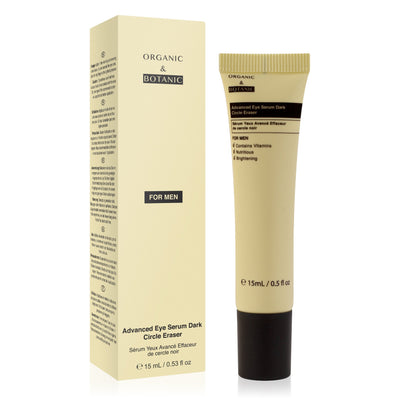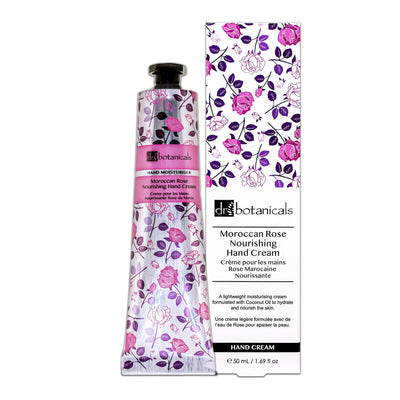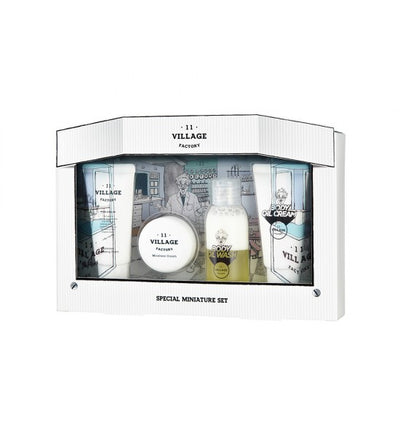How to care for Combination Skin
Do you think that you suffer from combination skin? Some parts are oily but others are dry? If this sounds familiar then you’re probably right!
When it comes to having combination skin, it can be tricky to figure out how to care for your skin properly, since different parts of your face have different needs. So we’re going to look at what combination skin really is, what does it look like, how to tell the difference between oily and combination skin, and a skincare routine for combination skin.
WHAT IS COMBINATION SKIN?
So first let’s look at what we’re dealing with when we talk about combination skin. You’ll know you have combination skin if some parts of your face are dry, while other parts are oily, in fact, you may notice that your T-zone (the central part of your face, including your forehead, nose, and chin) is oilier than the cheek area since your skin’s oil-producing glands are more concentrated there.
WHAT DOES COMBINATION SKIN LOOK LIKE?
Now that you know what combination skin is, let’s see what this skin type actually looks like. When tackling the appearance of combination skin, it’s pretty standard for one or a few areas of your face to sport a super shiny look thanks to an oily T-zone. Your nose and chin may also appear dull and rough because of a build-up of dead skin cells, which can cause flaking to occur. Your cheeks and the skin around your eyes may be drier than the rest of your face. It’s also common for your skin to have a mix of dry patches and breakouts at the same time.
HOW DO YOU KNOW IF YOU HAVE OILY OR COMBINATION SKIN?
Because combination skin contains the oily T zone it can be difficult at times to tell whether your skin type is oily or combination. The key difference between both skin types lies in the area of the skin that looks oily. With oily skin, you will likely have a greasy-looking complexion all over your face. It’s also likely that blackheads and spots are not infrequent.
However, combination skin is different. This is because you’re dealing with two different skin types. Like oily skin, you can struggle with excess oils, but only on your T-zone. The other areas of your face tend to be dry and dull, especially around your cheeks, temples, and eye area.
A SKINCARE ROUTINE FOR COMBINATION SKIN
Once you recognise your combination skin type then you can start to design a skincare routine that helps it.
1. USE A GENTLE FACIAL CLEANSER
Micellar Water is an excellent choice of cleanser for combination skin. It cleanses skin that becomes covered with dirt, excess oils, and impurities during the day. Help wash them away with a gentle facial cleanser twice a day—once in the morning and once at night. Choose a micellar water cleanser that helps to mattify your oily T-zone without over-drying your cheeks.
2. EXFOLIATE
Exfoliating is always a hot topic amongst dermatologists. Using an exfoliating cream once or twice a week to slough off dead skin cells from the surface of your skin is a good idea. A build-up of dead skin cells can make your complexion look dull. However, it’s important not to over-exfoliate—everyone’s skin is different, so it may take some trial and error to determine how much exfoliation your skin can handle. If you have combination skin, use a face scrub that’s suitable for all skin types; after all, you are dealing with two types of skin.
3. APPLY A MOISTURIZER
Whatever your skin type you need to moisturise. That’s a fact, so don’t think that by moisturising you are adding to an already over-oily face. Quite the opposite!
An oil-free moisturiser is the best choice for a combination skin as it doesn’t clog the pores. If you find that the skin on your cheeks is very dry, then you might benefit from a second moisturiser for dry skin – after all, you are living with two skin types. And whilst this might sound extravagant, don’t forget that you will get through two pots of cream far slower than just one.
4. STOP TOUCHING YOUR FACE
This advice really should be for everyone. Everyone's face gets dirtier if we touch it too much. Our hands collect all sort of grime, grease and germs throughout the day, but it’s best not to transfer them to our face. Equally important is to remember that in these times of COVID19 it is doubly important not to be touching our face as it is one way to spread this horrible disease.
5. BLOT AWAY OIL
Blotting Paper is the best friend of combination skin types. These papers are easy to fit in your bag and can offer you a quick way to cut back on excess grease mid-day. They’ll temporarily absorb oil without ruining your flawlessly applied makeup.
6. USE A BROAD-SPECTRUM SUNSCREEN
Again this is a piece of advice for all skin types. Use a sunscreen… always. The sun is there behind the clouds, even though it might not seem it, so the UV light continues to quietly damage and age our skin. Some prefer to use a moisturiser followed by a suncream, but if you prefer to use just one product then go for a dual-purpose moisturiser with SPF 30+. You will tan, I promise, but you’ll do in a healthy way that limits the ageing that goes hand in hand with a suntan.
Here’s why this skincare step is so important: Spending time in the sun can cause UV (ultraviolet) damage, which can lead to visible signs of ageing like fine lines and wrinkles, maybe not immediately but certainly in time. Sun protection is vital.
7. TREAT YOUR COMPLEXION TO A FACE MASK
Using a face mask is a great way to take care of combination skin – but choose a mask that is suitable for the area of skin you’re treating. This way you achieve a bespoke treatment, perfect for your particular face.
8. DON’T FORGET ABOUT YOUR EYES
Whilst the delicate eye area might not be included within combination skin, it is so important to remember it. After all, you’re going to look pretty amazing following the steps above so you don’t want your eyes to let you down, do you? Use an eye gel, gently patting the under-eye area with your ring finger. Don’t put the cream too near the eye, or else you risk getting it into your eyes, and that’s going to sting! Put a few dabs on the top of the cheekbone and gently tap it in until it’s absorbed.
CONCLUSION
Once you have established that you have combination skin rather than oily skin then following a very simple skin care routine will help enormously. Cleanse twice a day with a gentle cleanser, like micellar water for example. Exfoliate twice a week if your skin can tolerate it, but less if not, and then moisturise with an oil-free cream. Every now and again treat yourself to a face mask – they can work wonders for all skin types and have the added bonus of relaxing you as well. Don’t forget to use sun cream, all year round, and try your best not to touch your face. In no time at all, you’ll have a wonderful glowing skin!




